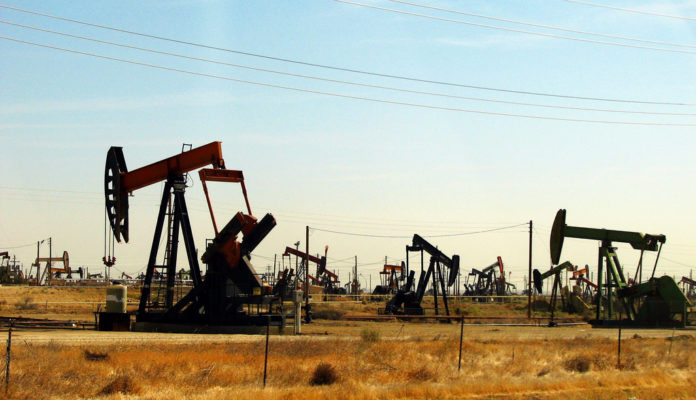
There has been a sudden surge in the levels of methane emissions over the past two decades, according to an editorial by top researchers in the Environmental Research Letters journal on Monday.
While there has been a levelling off of carbon dioxide emissions over the past three years, there has been an increase of methane in the atmosphere. Even though still at a lower level than carbon dioxide, methane is a much more potent greenhouse gas, as it can store 28 times more heat than CO2.
The surge in methane levels began in 2007. However, in 2014 and 2015, the annual atmospheric concentrations of the gas shot up by around 10 parts per billion. This a drastic increase when compared to methane levels in the 2000’s which generally incremented by approximately 0.5 parts per billion each year.
These levels pose a threat to the target set in the Paris climate agreement that was negotiated last year on December 12, and which came into effect on the 4th of November this year. One of the goals set was to try to limit global warming at 2C, even 1.5C if possible.
The editorial said, “Keeping global warming below two degrees Celsius (3.6 degrees Fahrenheit) is already a challenging target. Such a target will become increasingly difficult if reductions in methane emissions are not also addressed strongly and rapidly,” reported The Telegraph.
Meanwhile, the reasons for this burst in methane emissions remains unclear. The authors of the editorial reportedly said that while it is difficult to pinpoint a particular source, the most probable causes for it could be agriculture and cattle ranching.
Tracking methane becomes harder than doing so for CO2, because it is much more diffuse and comes from a lot more sources, which include natural ones, such as marshes. However, currently about 60 percent of methane in the atmosphere can be attributed to human activities. About a third of this is due to the fossil fuel industry. For this China (for its use of coal-generated power) and the USA (for leakage from fracking operations) have been singled out.
Farming, rice cultivation, in particular has been cited as a reason for this spike is because the flooded fields become a favourable environment for microbes that produce methane. Cattle ranching has also been considered a reason for this as cattle expel the gas from their digestive tracts.
On the upside to this is the fact that methane is easier to deal with than carbon dioxide, as it much more short-lived. This would mean faster results from efforts to curb it.
Prof Robert Jackson, a lead author of the paper said, “I’m optimistic that the scientific community and the policymakers will be able to have better information. I’m optimistic because there are new satellites coming along that will give us the power to see methane concentrations all over the world on a regular basis,” according to the BBC.



























